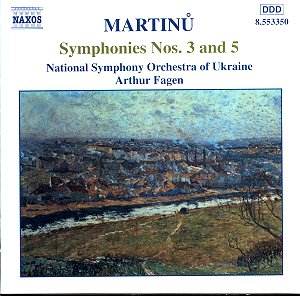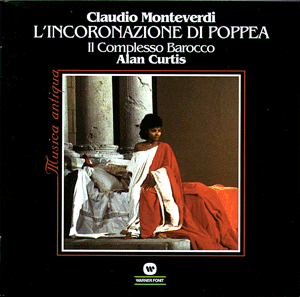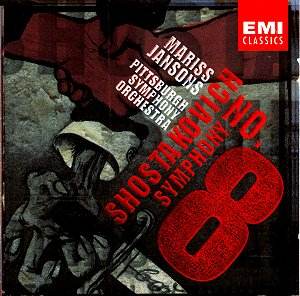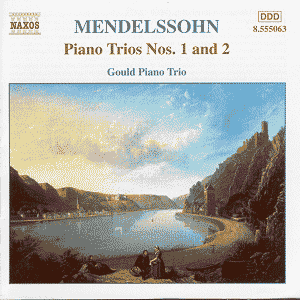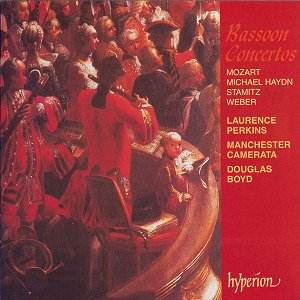 Composer: W.A. MOZART (1756-1791), Michael HAYDN (1737-1806), Karl STAMITZ (1741-1801), Carl Maria von WEBER (1786-1826)
Composer: W.A. MOZART (1756-1791), Michael HAYDN (1737-1806), Karl STAMITZ (1741-1801), Carl Maria von WEBER (1786-1826)
Works: Bassoon Concerto in B flat K191, Concertino for Bassoon in B flat Perger 52/5, Bassoon Concerto in F, Andante e Rondo Ungarese Op.35, Bassoon Concerto in F Op.75
Performers: Lawrence Perkins (bassoon), Manchester Camerata, Douglas Boyd (conductor)
Recording: RNCM, Manchester, 11-12 April 2001
Label: HYPERION CDA67288
The bassoon, often overlooked in the orchestral hierarchy, finds its rightful place in the spotlight with this engaging collection of concertos, which showcases the instrument’s versatility and expressive capacity. The program features works from the late 18th and early 19th centuries, a period that saw the bassoon evolve into a prominent solo instrument, especially within the concertos of Mozart, Weber, and their contemporaries. Each work presented here allows Lawrence Perkins, a seasoned bassoonist and passionate advocate for the instrument, to explore the rich tonal palette and technical demands that characterize these compositions.
Perkins’s performance of Mozart’s Bassoon Concerto in B flat, K191, serves as the disc’s anchor, inviting listeners into the world of this quintessentially classical work. The opening Allegro is executed with a sense of buoyancy, capturing the gregarious spirit that is often attributed to Mozart’s musical personality. The crisp articulation of the passagework, while commendable, occasionally veers into pedantry, particularly during the more virtuosic sections. A more liberated approach to tempo fluctuations might have enhanced the sense of spontaneity that characterizes the best interpretations of this piece. Nevertheless, the Andante’s lyrical quality shines through, though a touch more drama could have been infused to elevate the emotional stakes inherent in this movement. The bassoonist’s nuanced phrasing is admirable, yet one longs for a hint of the tempestuousness that lies beneath the surface.
Transitioning to the lesser-known works, Michael Haydn’s Concertino for Bassoon reveals itself as a delightful gem, a testament to the composer’s melodic ingenuity. Perkins’s careful attention to the subtleties of this piece allows its charm to resonate, illuminating Haydn’s lesser-celebrated contribution to the repertoire. The playful interplay between the bassoon and the orchestral ensemble is rendered with clarity and warmth, suggesting that this work deserves greater recognition in concert programs.
Karl Stamitz’s Bassoon Concerto in F presents a more dramatic contrast, steeped in the expressive ethos of the Mannheim school. Perkins approaches this work with vigor, navigating its intricate passages with confidence and precision. The articulation is particularly commendable, showcasing the bassoon’s capacity for both lyrical beauty and energetic bravura. This performance is marked by a spirited engagement with the text, ensuring that the concerto’s inherent drama is not lost on the listener.
Carl Maria von Weber’s contributions, including the Andante e Rondo Ungarese and the Concerto in F Op.75, align seamlessly with the program’s theme of virtuosic display. Perkins’s interpretation is polished, yet one might yearn for a more audacious approach, especially in the Rondo, which calls for a vibrant display of technical prowess. The orchestra, under Douglas Boyd’s direction, supports Perkins with a well-balanced and cohesive sound, yet the ensemble’s modern instrumentation occasionally dampens the historical authenticity that could have enhanced the listening experience.
The engineering of this recording captures the nuances of the bassoon’s timbre, providing a rich acoustic backdrop that complements the performances. The clarity of the orchestral sound, combined with Perkins’s distinctive reedier tone, creates a compelling auditory experience that fully honors the instrument’s character.
This disc not only showcases the bassoon’s capabilities through both well-known and obscure works but also serves as a call to action for audiences to embrace the instrument’s potential. Perkins’s passionate advocacy, combined with the meticulous support of the Manchester Camerata, results in a collection that is both illuminating and enjoyable. Engaging with this recording is a rewarding experience for both dedicated aficionados of the bassoon and those new to its rich repertoire.
